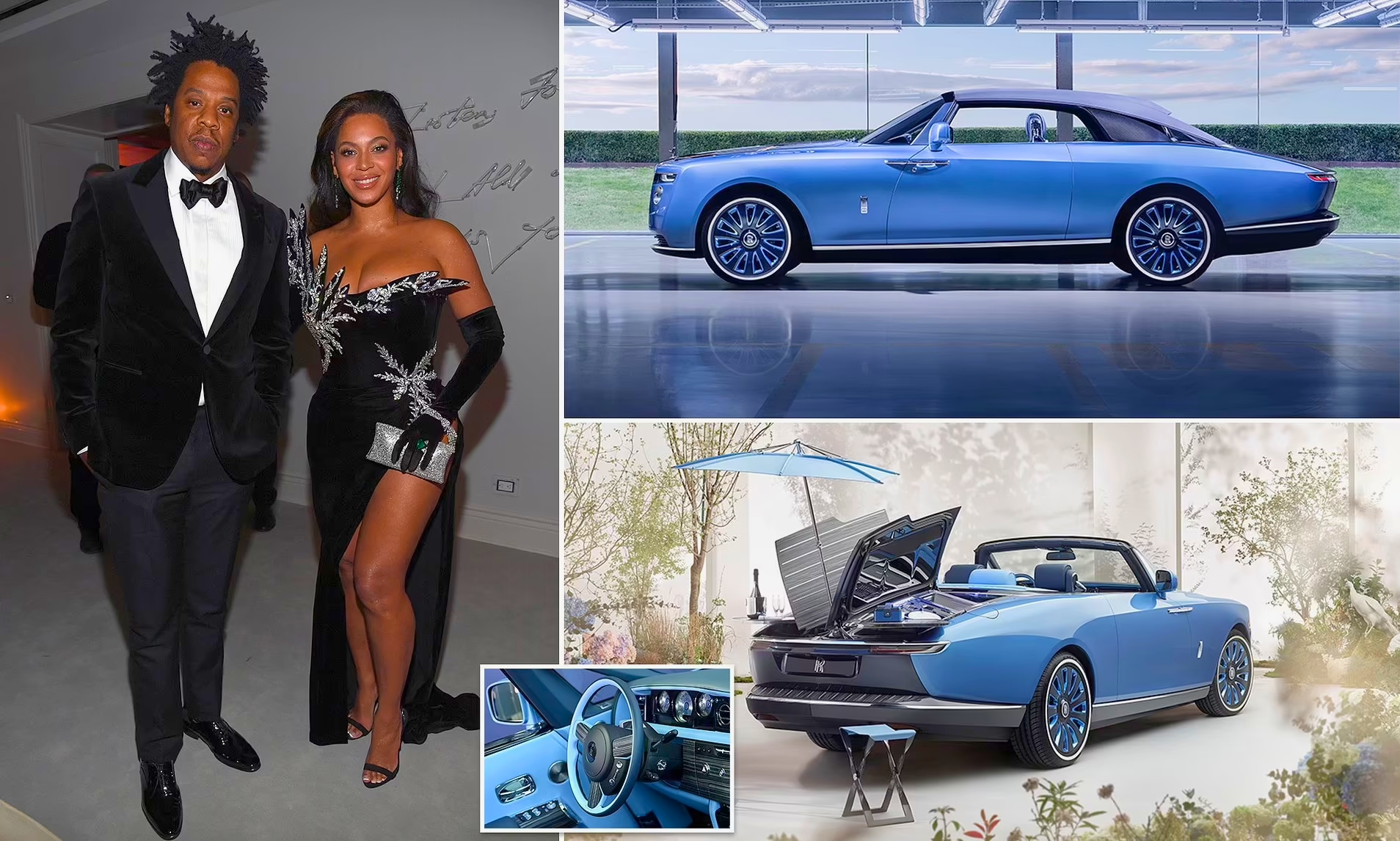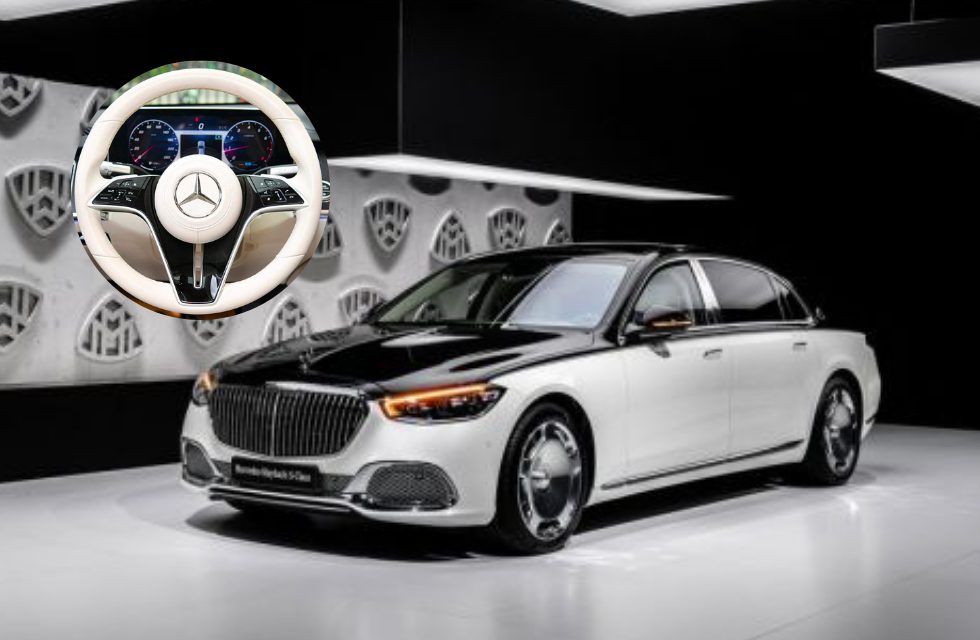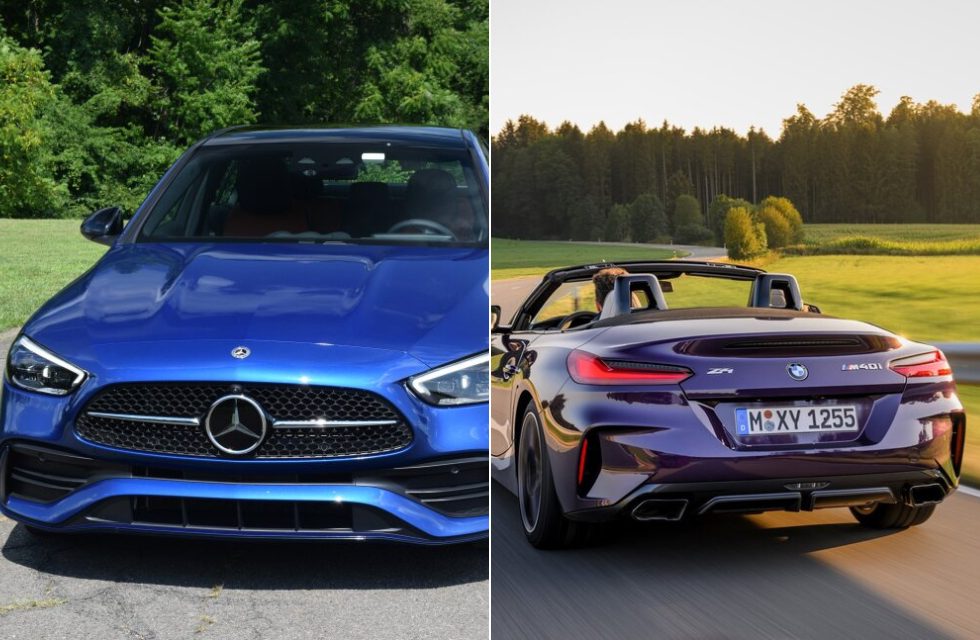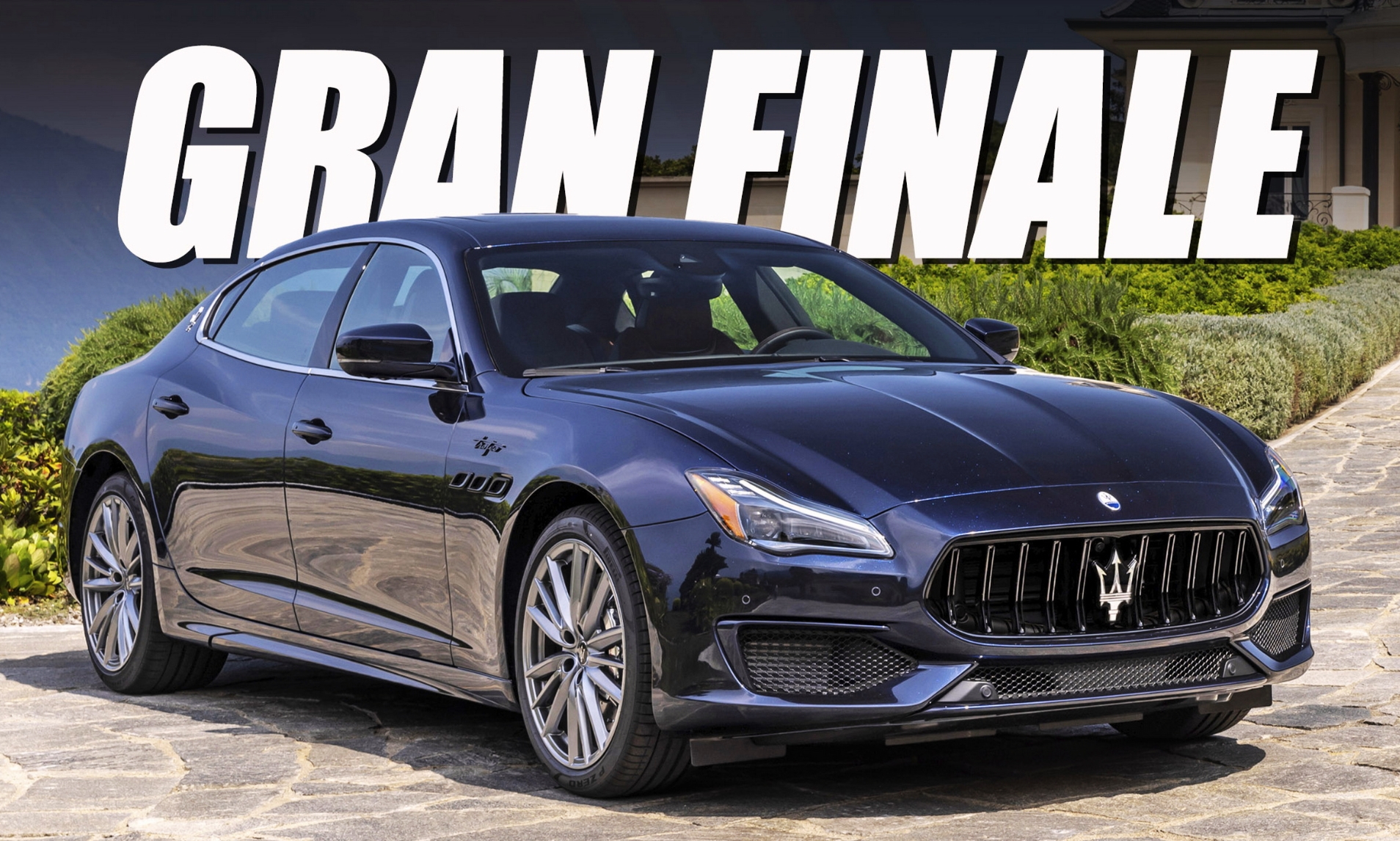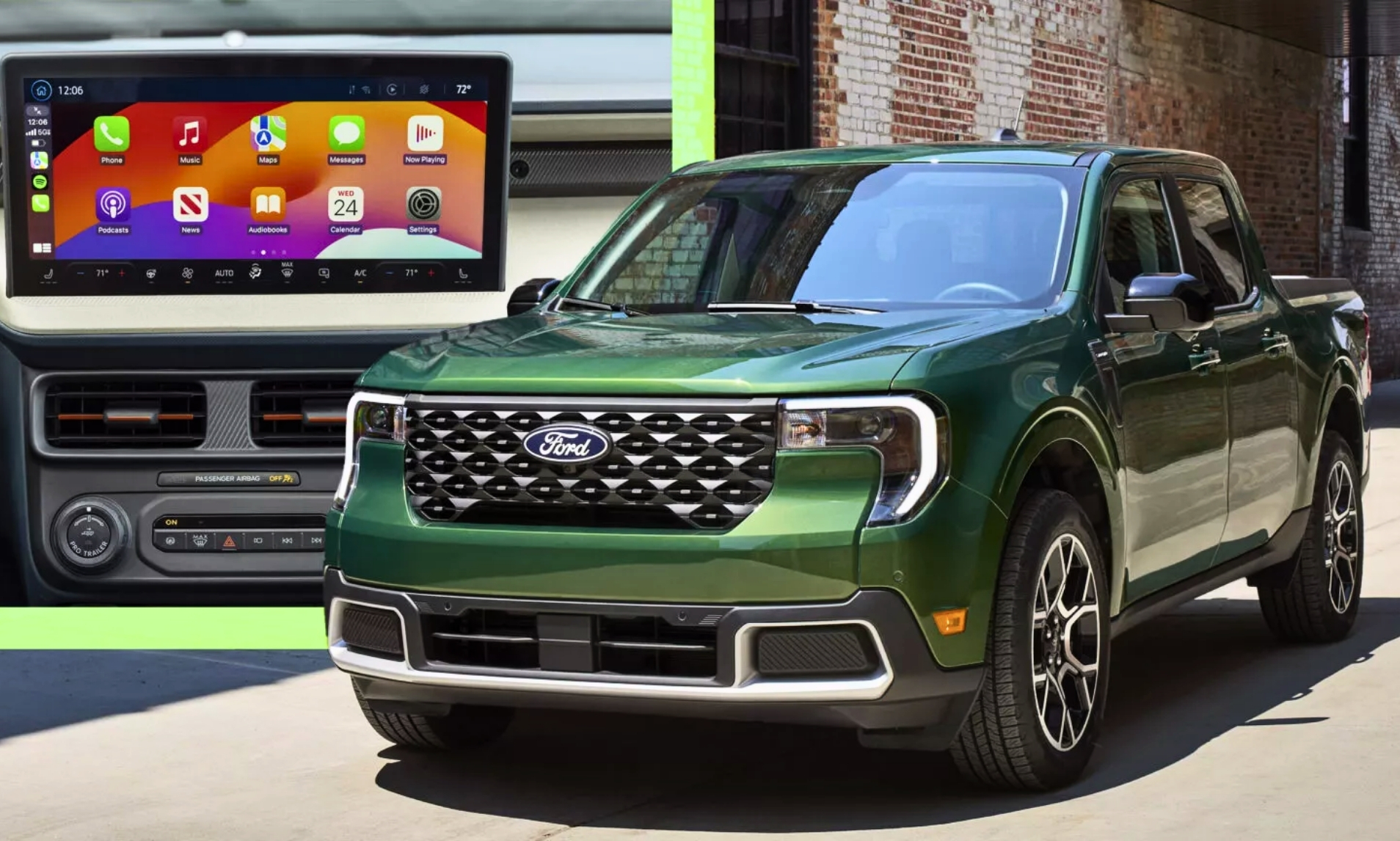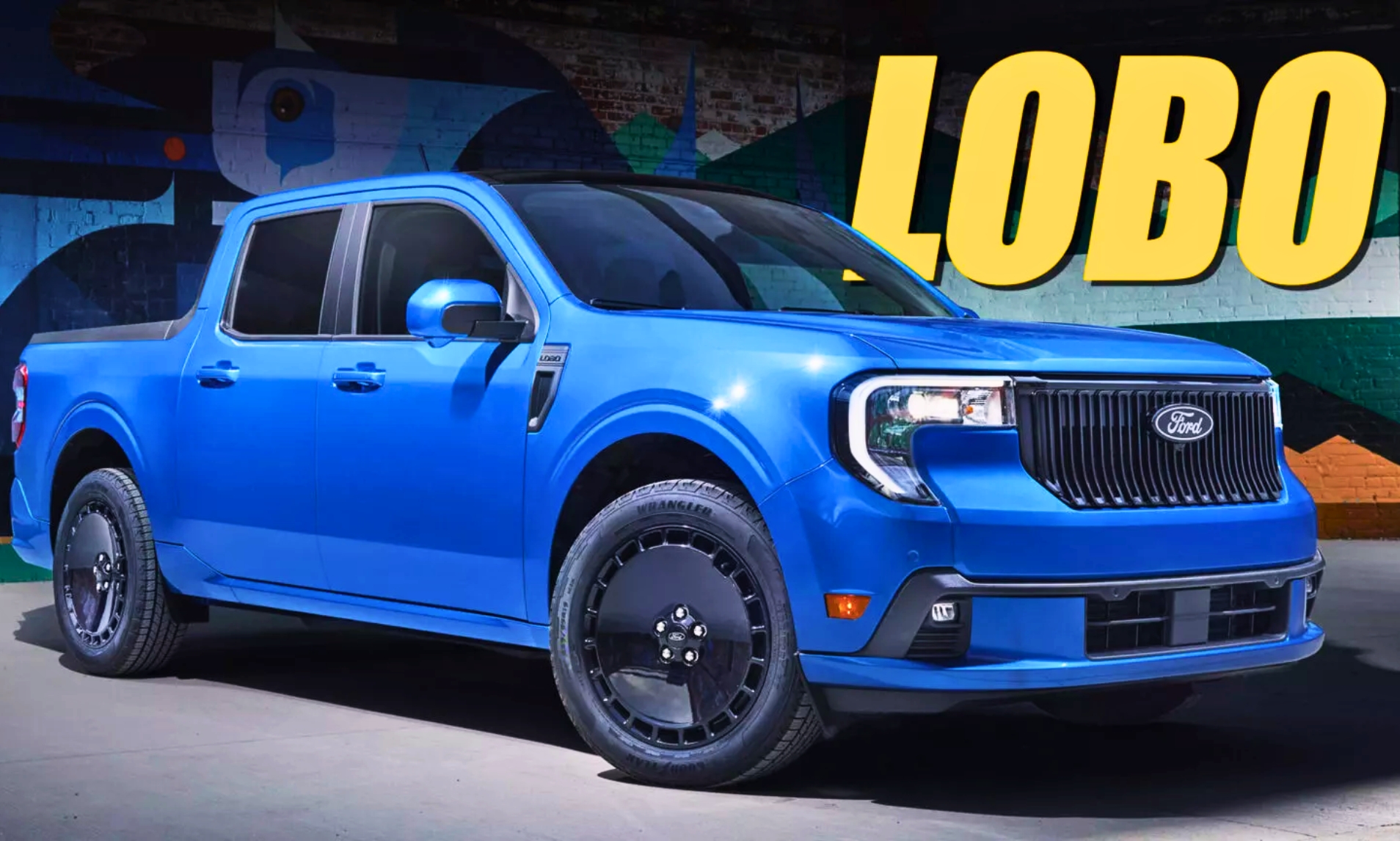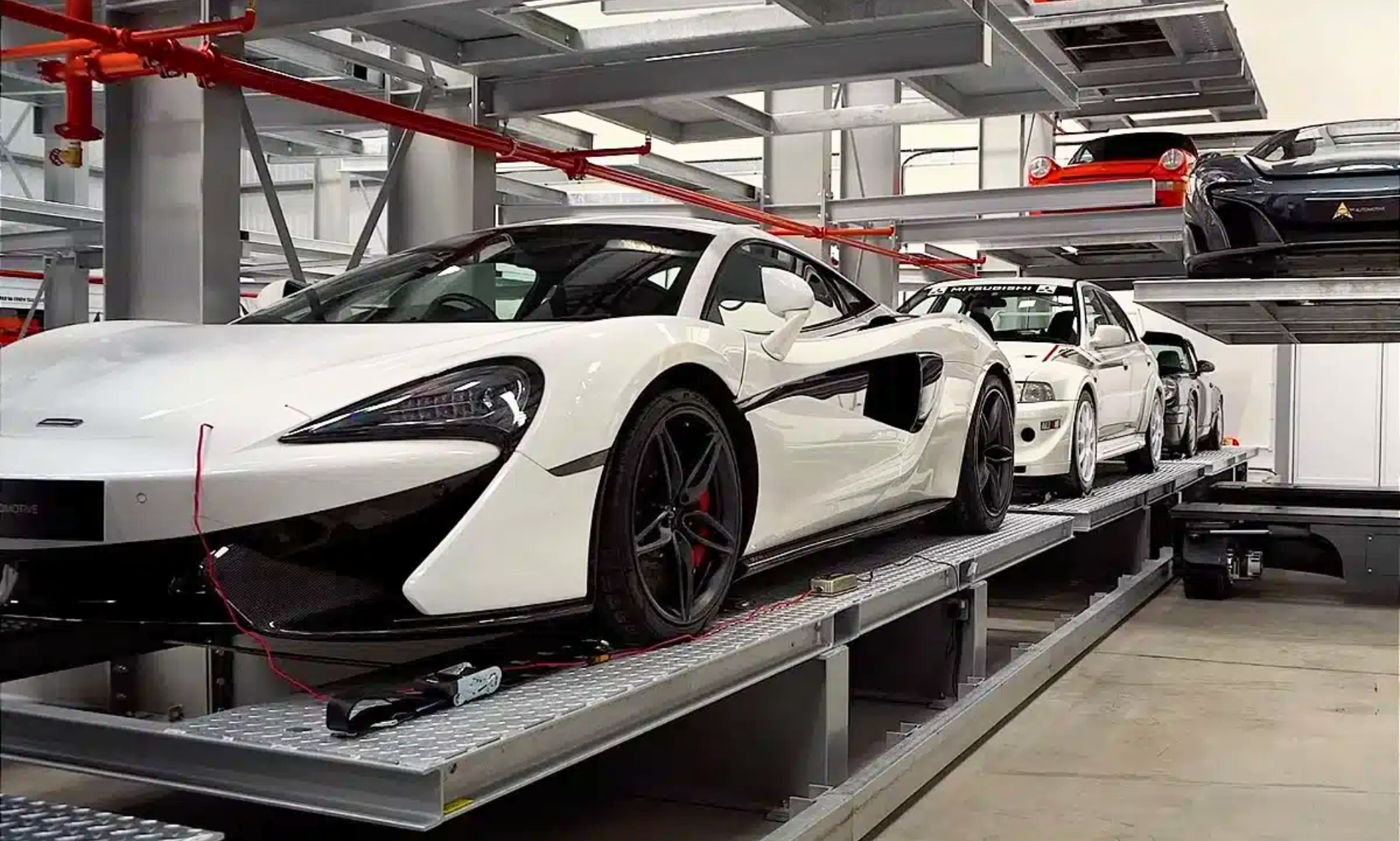Electric power has come to the luxury car market in the form of the BMW i7, which follows the brand’s decision to offer both hybrid and pure EV versions of its long-running BMW 7 Series luxury saloon. The i7 is a thoroughly modern take on the traditional limousine and is effectively the flagship of the range, prioritising supreme comfort and refinement. It is packed with advanced technology, most of which works very well. The styling is certainly bold and might be too aggressive and obvious for some, but there’s no denying that BMW has created a fine luxury car.
About the BMW i7
BMW may well have embraced the future with its latest BMW 7 Series, but it’s hedging its bets for now with both petrol-hybrid and fully electric models. It’s the latter model – known as the BMW i7 – we’re concerned with here, which will come in three main flavours. There’s an entry-level eDrive50 with 449bhp, the more powerful, four-wheel drive xDrive60 with 537bhp, and the xDrive M70 that constitutes the performance offering in the range, delivering 650bhp.
In the UK, there are two main trim levels: Excellence, which is the more comfort/luxury orientated trim, and the familiar M Sport, which as the name suggests is on the sportier side and features bigger wheels and racier styling. Both of these trims can be upgraded to ‘Pro’ specification, at a cost of just under £18,000, which includes the vast majority of the options available for the standard car – as you’d expect at that price.
BMW’s 7 Series has always been a fundamentally sportier take on the luxury limousine market, particularly when compared to the Mercedes-Benz S-Class, but the i7 looks to combine comfort and driver appeal like no 7 Series before it. Mercedes-Benz’s EV challenger in this market segment is the Mercedes EQS, which comes in standard guise and with a performance Mercedes-AMG EQS 53 variant. There are also plug-in hybrid versions of the more traditional S-Class. So far, Audi only offers a hybrid version of its Audi A8 limousine, with no pure EV alternative.

Strong EV motor torque makes a mockery of the i7’s weight, while chassis tech balances comfort with a precise drive
The BMW i7 may weigh a hefty 2.7 tonnes (especially in four-wheel drive forms) and have a 5.4-metre-long body, but the optional rear-wheel-steering system helps to make it far more agile than might be expected, with a noticeable pivoting feeling in tighter turns as the back wheels turn in the opposite direction to the fronts. This also drastically reduces the turning circle, making for more effortless low-speed manoeuvres. At higher speeds, the rear wheels turn in tandem with the fronts to aid stability.
Despite the use of this system and a variable-ratio steering set-up, it’s easy to place the i7’s vast front end in corners. There’s very little in the way of feedback from the road surface, but that’s not really an issue in a car such as this. In any case, the weighting of the power assistance is well-judged and inspires confidence when traversing a twisty B road. What’s most noticeable is the lack of body roll: the i7 stays remarkably flat through corners, although it’s hard to tell how much of this can be attributed to the twin-chamber air suspension, or the optional 48-volt-powered active anti-roll bars
As is often the case with EVs, the battery pack sits nice and low in the car, giving a low centre of gravity, which helps negate some of the downsides of the i7’s weight. You can help to reduce the weight of the i7 by going for the rear-wheel drive eDrive50, which removes around 120kg of mass by ditching the front electric motor. That doesn’t suddenly translate into a meaningful boost in the i7’s already fine handling, or (as we’ll discuss later) an increase in driving range. What it does do is save you around £14,000, and it doesn’t diminish how the i7 drives, so we’d argue that it’s worthwhile having.
0-62mph acceleration and top speed
There’s a sporty element to the BMW i7, with even the entry-level 449bhp eDrive50 managing the 0-62mph sprint in 5.5 seconds, while the 536bhp four-wheel drive xDrive60 manages the same sprint in 4.7 seconds. Unless you happen to drive on a de-restricted Autobahn regularly, the higher 149mph top speed of the xDrive60 versus the 127mph maximum speed of the eDrive50 is of little importance in the UK, making the less expensive version our preferred option.
Those after the fastest i7 will likely gravitate towards the M70 xDrive with its Titanic 650bhp dual motor, four-wheel drive set up cuts the 0-62mph time down to 3.7 seconds and raises the top speed to a limited 155mph.
The only thing lacking when it comes to performance EVs is the feedback of noise while you accelerate, which is why it’s possible to accompany the ample acceleration of the i7 with sci-fi-like noise courtesy of film composer Hans Zimmer. Some will find that this feature suits the i7 remarkably well, but you can turn it off if you’d rather sit in silence.
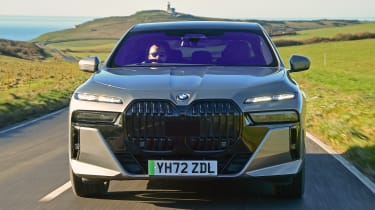
Range, charging & running costsThe range is decent, but can be affected by the weather. However, its tax benefits are irresistible in this market
All versions of BMW i7 feature a 105.7kWh (101.7kWh useable) battery pack which, according to the WLTP test cycle, provides between 338.6 to 386.5 miles of range, depending on spec and wheel size. We were surprised that the lighter rear-wheel drive eDrive50 doesn’t have the best range compared with the xDrive60, although a loss of less than 10 miles in the official range is hardly going to matter to most buyers.
However, we only managed a 2.6 miles per kWh return from the i7 when we tested it in four-wheel drive xDrive60 form, which equates to 265 miles of range based on the useable capacity – although the situation wasn’t helped by our test being in cold weather. Judging by our previous experiences with the i7, three miles per kWh should be within reach, and that would provide a fully-charged range of around 300 miles.

